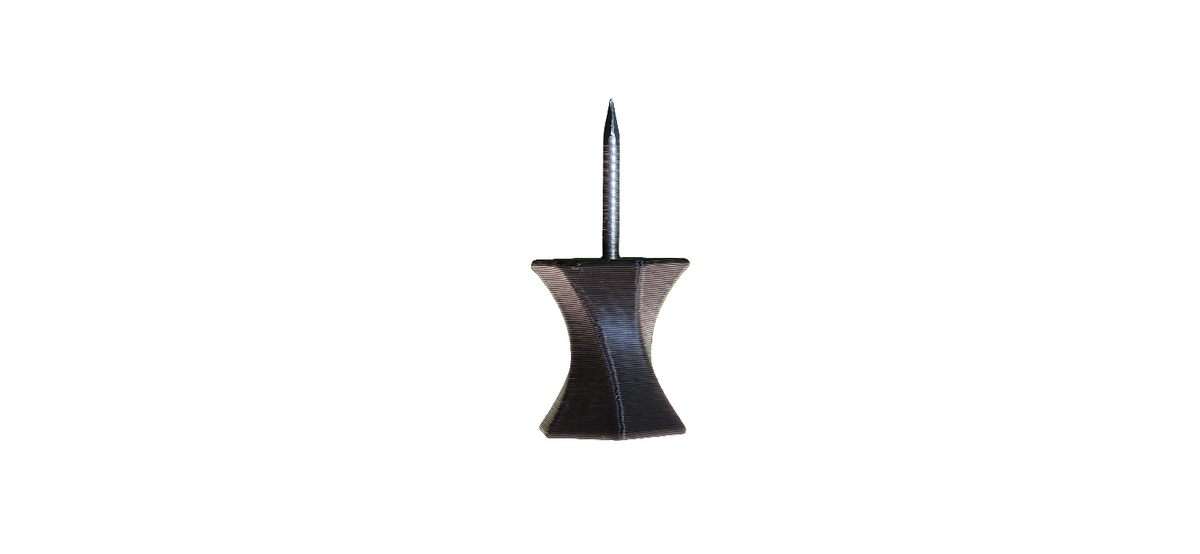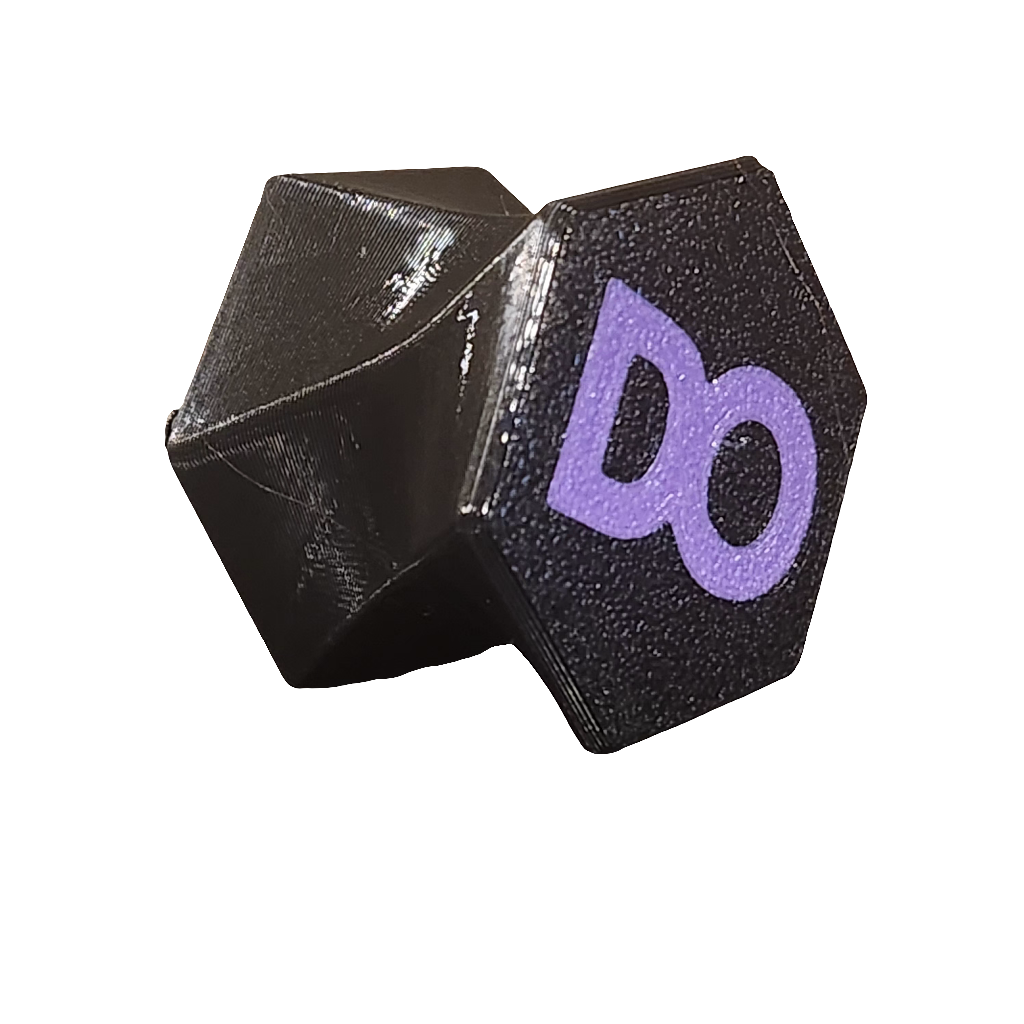It’s Not Just Glue and Plastic. It’s Science.
Here at the DO-ARCHERY lab, we're a little obsessive about the tiny details that make a huge difference downrange. We can engineer the most aerodynamically efficient vane on the planet, but if it’s not bonded perfectly to the arrow shaft, all that science is wasted.
A bad fletching job leads to inconsistent flight, poor accuracy, and a whole lot of frustration. We've seen it all: vanes peeling off in the middle of a tournament, arrows fishtailing like they're lost, and groupings that look more like a shotgun blast.
So, to make sure you get the wicked-quiet flight and insane durability you paid for, here is the official, lab-approved protocol for a flawless fletch. This isn't just a guide; it's the Standard Operating Procedure (SOP) we use to build arrows that perform.
The Gear You'll Need
Before you start, gather your tools. Doing this right means having the right stuff on hand.
-
Arrow Shafts: Clean and ready.
-
DO-ARCHERY Vector 4 Vanes (or other quality vanes)
-
A Fletching Jig: This is non-negotiable for consistency.
-
Medium or Gel CA Glue: We’ll get into why the thickness matters.
-
Isopropyl Alcohol (90% or higher): For a truly clean surface.
-
A Clean, Lint-Free Cloth
The Fletching Protocol: A Step-by-Step Guide
Step 1: Surface Preparation is Everything
This is the single most important step for a ridiculously strong bond. If you cut corners here, your vanes will fail you, probably at the worst possible moment.
-
Clean the Shaft: Pour some isopropyl alcohol on your cloth and vigorously wipe down the fletching area of your arrow shaft. This removes any dust, oils from your hands, or factory residue.
-
Clean the Vanes: Do the same for the base of each vane. Even fresh out of the bag, they can have a thin layer of mold-release agent that will prevent a good bond.
-
Let it Dry: Give both the shaft and the vanes a minute to fully dry.
Step 2: Set Your Jig Correctly
Your fletching jig is your key to consistency. For our Vector 4 (V4) vanes, we recommend a 4-fletch configuration for maximum stability and control.
-
Set the Spacing: Adjust your jig for a 4-fletch at 90° spacing.
-
Add an Offset (Optional but Recommended): A slight offset or helical of 1-2° is what we use in the lab. This forces the arrow to spin in flight, which stabilizes its path much like a quarterback throwing a spiral.
Step 3: The Art of the Glue-Up
The type of glue you use is critical.
-
Use a Medium or Gel-Style CA Glue. The thicker formula is your friend. It fills in microscopic gaps between the vane base and the shaft, creating a more flexible and impact-resistant bond.
-
Do NOT use thin, watery CA glue. It's too brittle. The violent acceleration of an arrow shot will cause it to crack and fail over time.
-
No Primer Needed. We specifically engineered our 95A TPU vanes to bond aggressively without needing extra chemical preparation. One less step for you.
-
Fletching Tape? Just don't. This is precision engineering, not scrapbooking.
Apply a thin, even bead of the gel CA glue directly to the base of the vane. Don't go overboard; a little goes a long way.
Step 4: The Bond
Place the vane in the jig's clamp, bring it to the shaft, and press down with firm, steady pressure. Hold it for 10-20 seconds. Don't rush this. You're allowing the chemical reaction to start building a strong, reliable bond.
Step 5: The Cure
Patience here pays off. After applying all the vanes, stand the arrow upright in a holder and let it cure.
-
Handling Time: It's safe to handle after about 30 minutes.
-
Shooting Time: Give it at least 1-2 hours before shooting.
-
Full Strength: The glue bond reaches its maximum, indestructible strength in about 24 hours.
Final Inspection: Your Pre-Flight Checklist
Once your arrows have cured, give them a quick once-over. Gently try to flex each vane to ensure there are no loose spots. A tiny dot of glue at the very tip and tail of each vane can add a little extra security.
That's it. You've followed an engineered process for an engineered product. Now go shoot some tiny groups.


0 comments